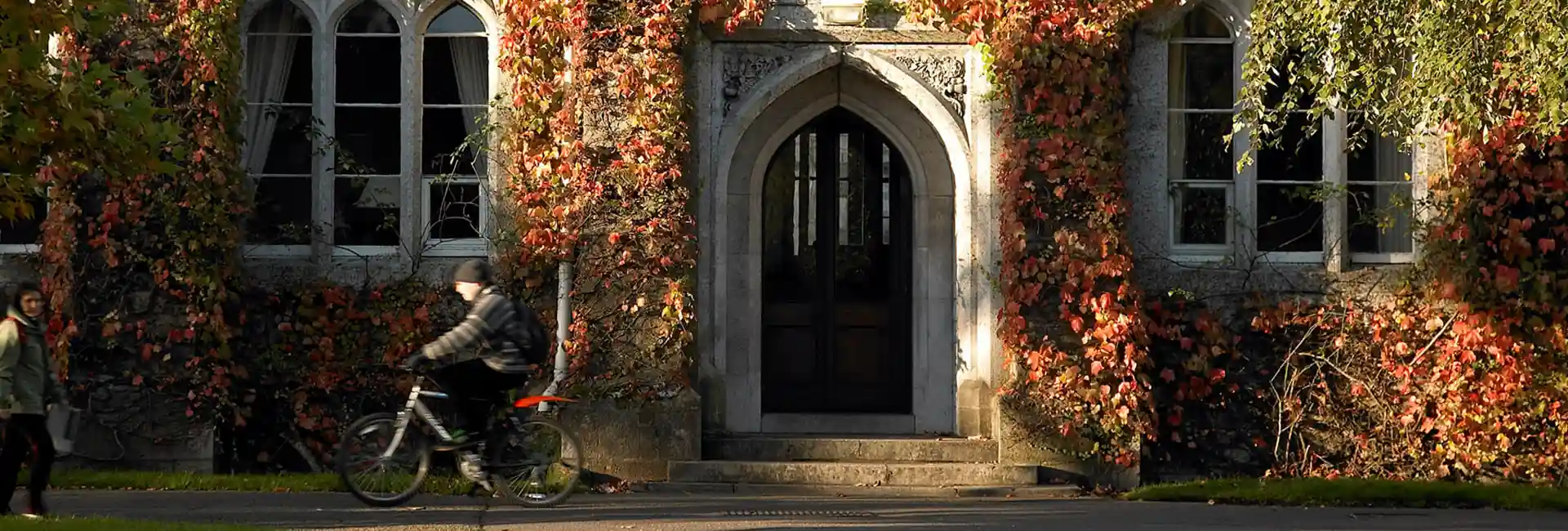In This Section
- Home
- About the College
- Governance
- College Committees & Steering Groups
- College Assembly
- College Council
- College Executive Management Committee
- College Academic Programmes and Curriculum Development Committee
- College Graduate Studies Committee
- College Research & Innovation Committee
- College Teaching Learning and Student Experience Committee
- College Student Recruitment and Outreach Committee
- College Sabbatical Research Leave Committee
- College of SEFS Adjunct Appointments Committee
- International Education Committee
- College Postgraduate Student Committee
- Athena SWAN Steering Group
- College Committees & Steering Groups
- Human Resources
- Annual UCC STEM Awards
- Scholarships and Prizes
- Women in STEM Panel Talks
- Inaugural Professorial Lectures
- Athena SWAN in SEFS
- Proposal Calls
- Contact Us
- Science in Society Public Lecture Series
- Governance
- News
- Staff
- Schools and Departments
- Current Students
- Undergraduate Courses
- Postgraduate Courses
- International Students
- Research and Innovation
- Employability and Careers
- Outreach and Public Engagement
- Science Week
- Transition Year Programmes
UCC palaeontologists make new discovery on colours of dinosaurs

A UCC-led discovery of new sources of the pigment melanin will force scientists to rethink how they reconstruct the colour of fossil birds, reptiles and dinosaurs.
Many recent studies of fossil colour have assumed fossilized granules of melanin – melanosomes – come from the skin. But new evidence shows that other tissues – such as the liver, lungs, and spleen – can also contain melanosomes, suggesting that fossil melanosomes may not provide information on fossil colour.
The study, published today in the journal Nature Communications, is led by UCC’s Dr Maria McNamara in collaboration with her PhD student Valentina Rossi, Dr Patrick Orr from UCD, and an international team of palaeontologist from the UK and Japan.
‘It’s absolutely critical that we understand the origins of melanosomes in fossils if we want to produce accurate reconstructions of the colours of ancient animals,’ said Dr McNamara.
The team studied internal tissues in modern frogs with powerful microscopes and chemical techniques to show that internal melanosomes are highly abundant.
“This means that these internal melanosomes could make up the majority of the melanosomes preserved in some fossils,” said collaborator Prof. Mike Benton at the University of Bristol.
The team also used decay experiments and analysed fossils to show that the internal melanosomes can leak into other body parts during the fossilization process, “like snowflakes inside a snow globe”, said Dr Orr.
There is a way, however, to tell the difference between melanosomes from internal organs and the skin. “The size and shape of skin melanosomes is usually distinct from those in internal organs’, said Dr McNamara. ‘This will allow us to produce more accurate reconstructions of the original colours of ancient vertebrates.”
The paper is published today in Nature Communications: https://www.nature.com/articles/s41467-018-05148-x
College of Science, Engineering and Food Science
Coláiste na hEolaíochta, na hInnealtóireachta agus na hEolaíochta Bia
Contact us
Block E, Level 3, Food Science Building, UCC, Cork, T12 YN60.
